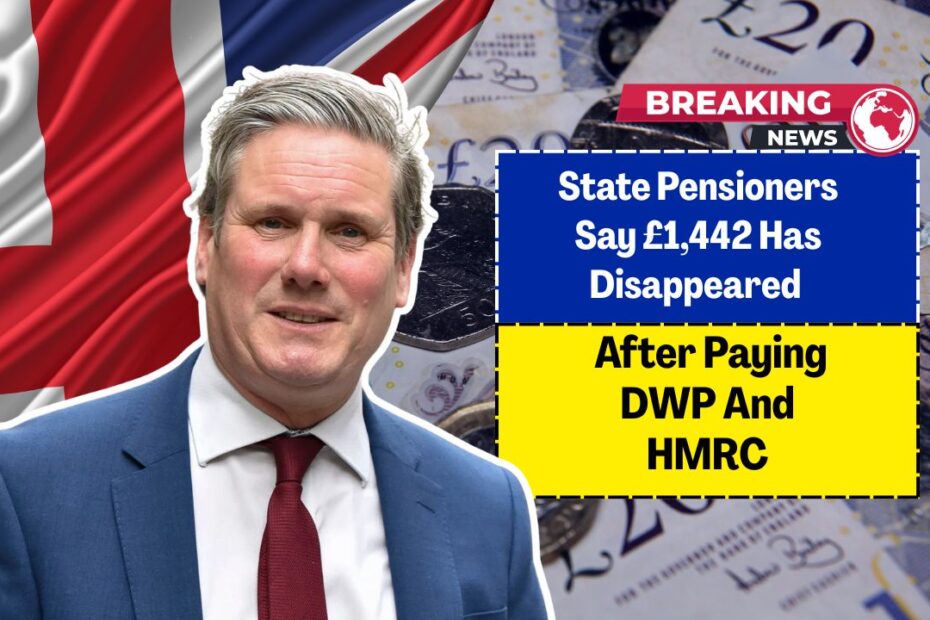In a troubling state pension development, retirees who paid to top up missing National Insurance years have been left confused—some reporting losses up to £1,442, with no idea where their money has gone.
The Scheme and the Unexpected Fallout
In an initiative allowing pensioners to buy back National Insurance gaps going back to 2006—not just the recent six years—pensioners like Marion Stewart (71) paid £824 late last year for a one-year top-up.
Six months later, she’s still stuck “in the queue” with no clarity on when her pension will actually increase .
Meanwhile, John Wynne paid a hefty £1,442 for three years—also six months ago—and was similarly told to “be patient” due to the backlog, with no staff available to process faster .
Another case involved someone paying nearly £1,500. Only after nine months and external advocacy was a partial back-payment of £739.44 issued—but still no interest, apology, or clarity .
Why Are These Delays Happening?
- The system relies heavily on manual processing, especially for historical gaps, dragging timelines into months .
- DWP and HMRC have been overwhelmed by the volume of top-up applications, straining resources significantly
- Pensioners report poor communication: long queues, automated replies, and vague timelines dominate their interactions .
Real-world Cases & Details
| Pensioner Name | Amount Paid | Period Covered | Time Waiting | Current Status / Outcome |
|---|---|---|---|---|
| Marion Stewart (71) | £824 | 1 year | ~6 months | Still “in the queue”; no processing yet |
| John Wynne | £1,442 | 3 years | ~6 months | Told to “be patient”; no change yet |
| Another unnamed pensioner | ~£1,489 | 3 years | ~9 months | Received £739.44 back-payment after advocacy |
What Experts Say & Government Reaction
A spokesperson for the Labour Party apologized to affected pensioners, promising they’re committed to quick resolutions where errors occur .
Pensions expert Steve Webb, previously a minister, condemns the lack of support: “Time and again, people are left hanging on the telephone… told that it could be months before their top-up contributions have boosted their state pension.” He points to a systemic failure.
Baroness Altmann added that the process remains outdated and manual, involving patching together multiple systems to calculate pay-outs—something that should have been modernized long ago .
What Can Pensioners Do Next?
- Persistently chase updates—call regularly and monitor conversations closely.
- Request external help: advocacy or consumer organisations may help break through process barriers.
- Watch your pension statements for updates and any back-pay entries.
This situation is deeply unfair. Pensioners have dutifully paid substantial sums—up to £1,442—to secure their retirement income, only to face months of uncertainty, poor communication, and slow service. The lack of transparency and system strain is eroding trust.
It’s vital for DWP and HMRC to modernize systems, staff adequately, and communicate clearly—so no one waits indefinitely for money they’ve already paid for.
FAQs
What happens after I pay to top up missing NI years?
Once the HMRC receives payment, it must process manually and notify the DWP. DWP then recalculates your entitlement and, if applicable, issues back-payments for missing pension amounts.
Why has it taken so long—months even—for my pension to reflect the payment?
Due to system overload, reliance on manual processing, and limited staffing, there’s a significant processing backlog causing long delays.
What should I do if there’s no update after payment?
Stay proactive—call regularly, log every interaction, and reach out to external advocates or consumer support bodies if official channels stall.



